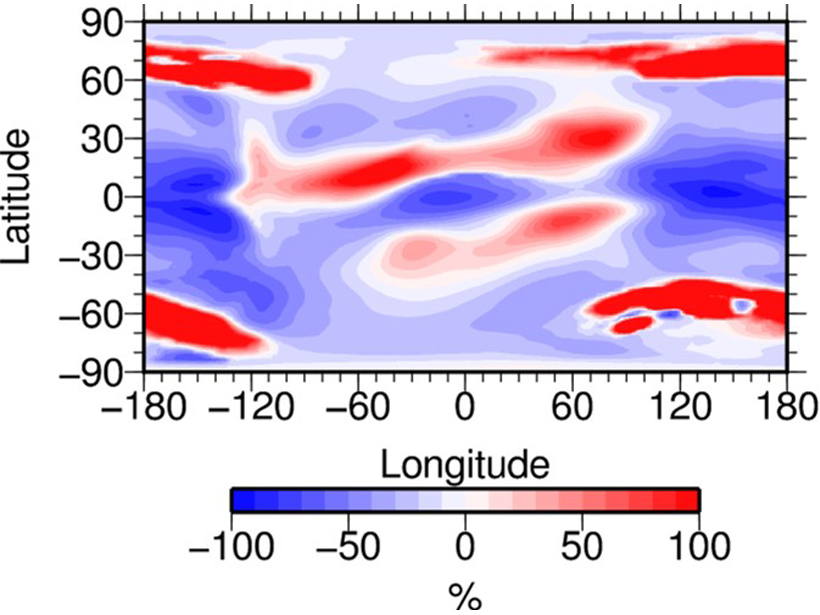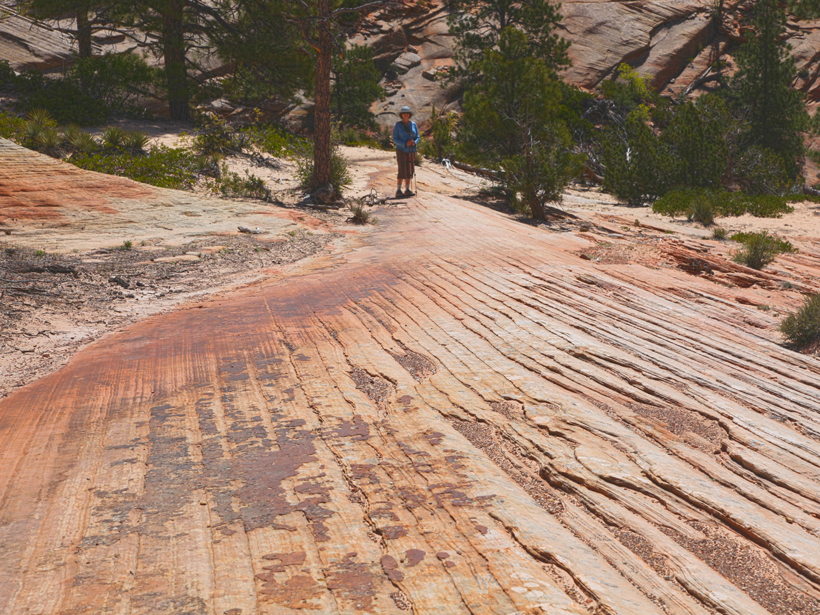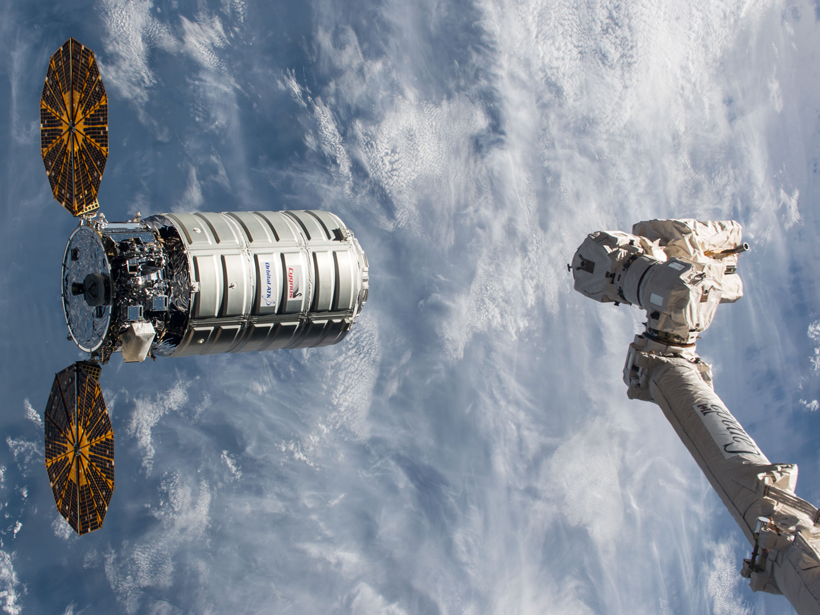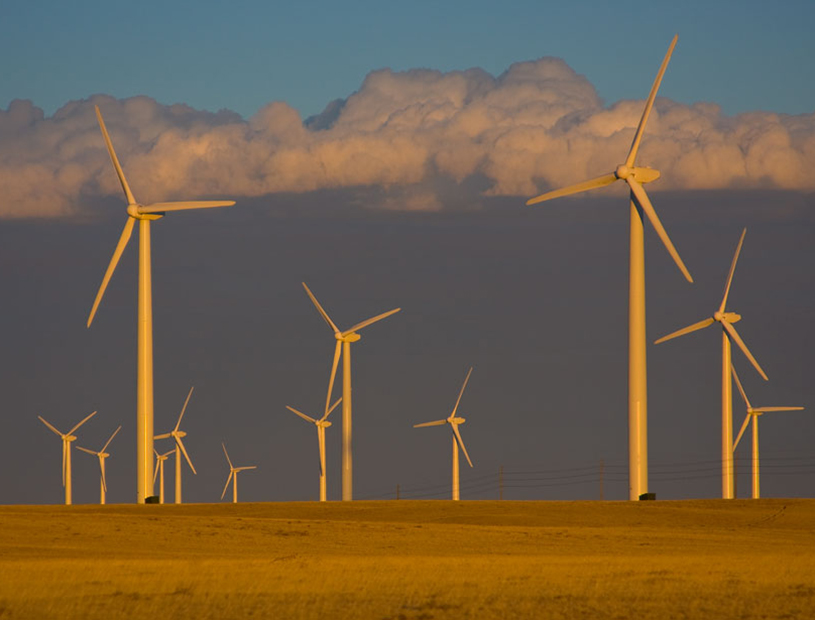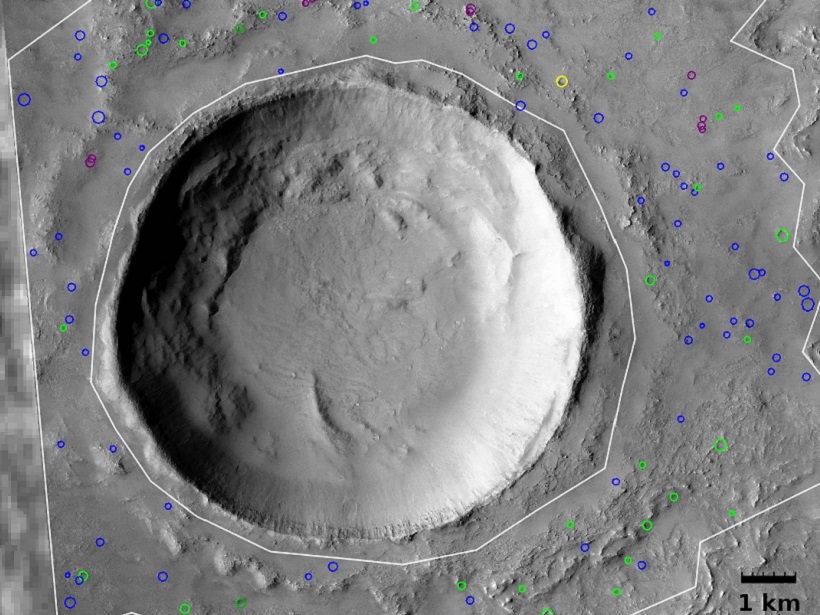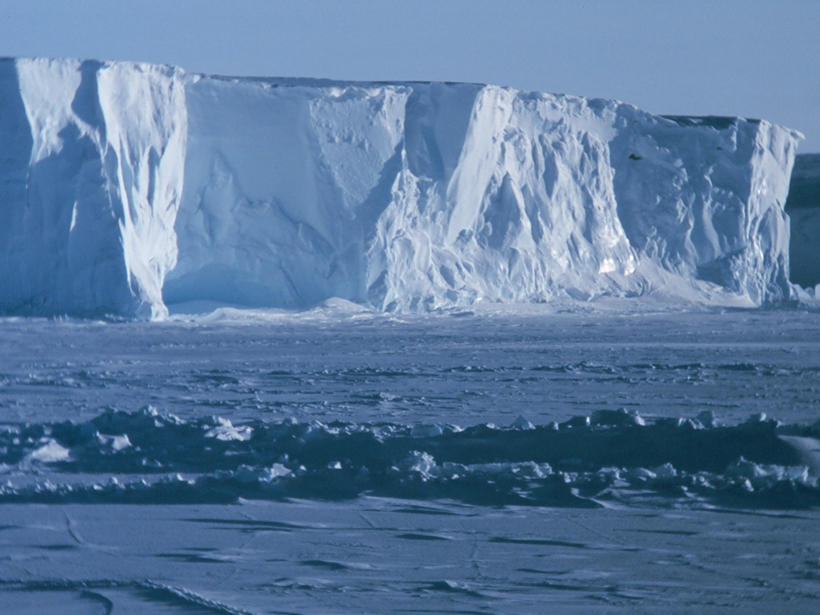Advances in dynamical modeling and the use of hybrid methods have improved drought prediction, but challenges still remain to improve the accuracy of drought forecasting.
CC BY-NC-ND 2018
Douglas D. Davis (1940–2016)
In labs on the ground and aboard aircraft, Davis shed light on chemical processes in the atmosphere and showed how humans contributed to these processes.
Modeling Geospace: Quantifying the Known-Unknowns
Imperfect knowledge of high-latitude forcing of the coupled ionosphere-theremosphere system translates into uncertainty in the low-latitude and midlatitude response to a geomagnetic storm.
Planetary Dune Workshop Expands to Include Subaqueous Processes
The Fifth International Planetary Dunes Workshop: From the Bottom of the Oceans to the Outer Limits of the Solar System; St. George, Utah, 16–19 May 2017
Five Takeaways from Trump’s Proposed Budget for NASA
Exploration and privatization dominate the president’s proposed budget for the space agency in the 2019 fiscal year, whereas a major cut to a flagship mission surprises scientists.
Scientific Row over Renewables Leads to Free Speech Legal Fight
A Stanford University climate researcher’s $10 million defamation suit could test a First Amendment defense in science litigation.
A Quantitative Look at United Nations’ Global Vision for 2030
Achieving all 17 Sustainable Development Goals will require research, negotiation, and careful planning.
Long Term Preservation of Subsurface Ice on Mars
Layered-ejecta craters on Mars that are associated with impacts into rock mixed with volatiles have been formed throughout the planet’s history indicating the long-term preservation of subsurface ice.
White House Budget Plan Presents a Mixed Picture for Science
The administration’s blueprint, now with Congress, would spare some geoscience agencies because of a budget deal reached with Congress last week, but EPA, NOAA, and USGS would be hit hard.
Fresh Insights into What Protects Antarctica’s Ross Ice Shelf
Scientists bored 755 meters through Antarctic ice and found that a layer of extremely cold, fresh water insulates part of the Ross Ice Shelf against melting.


